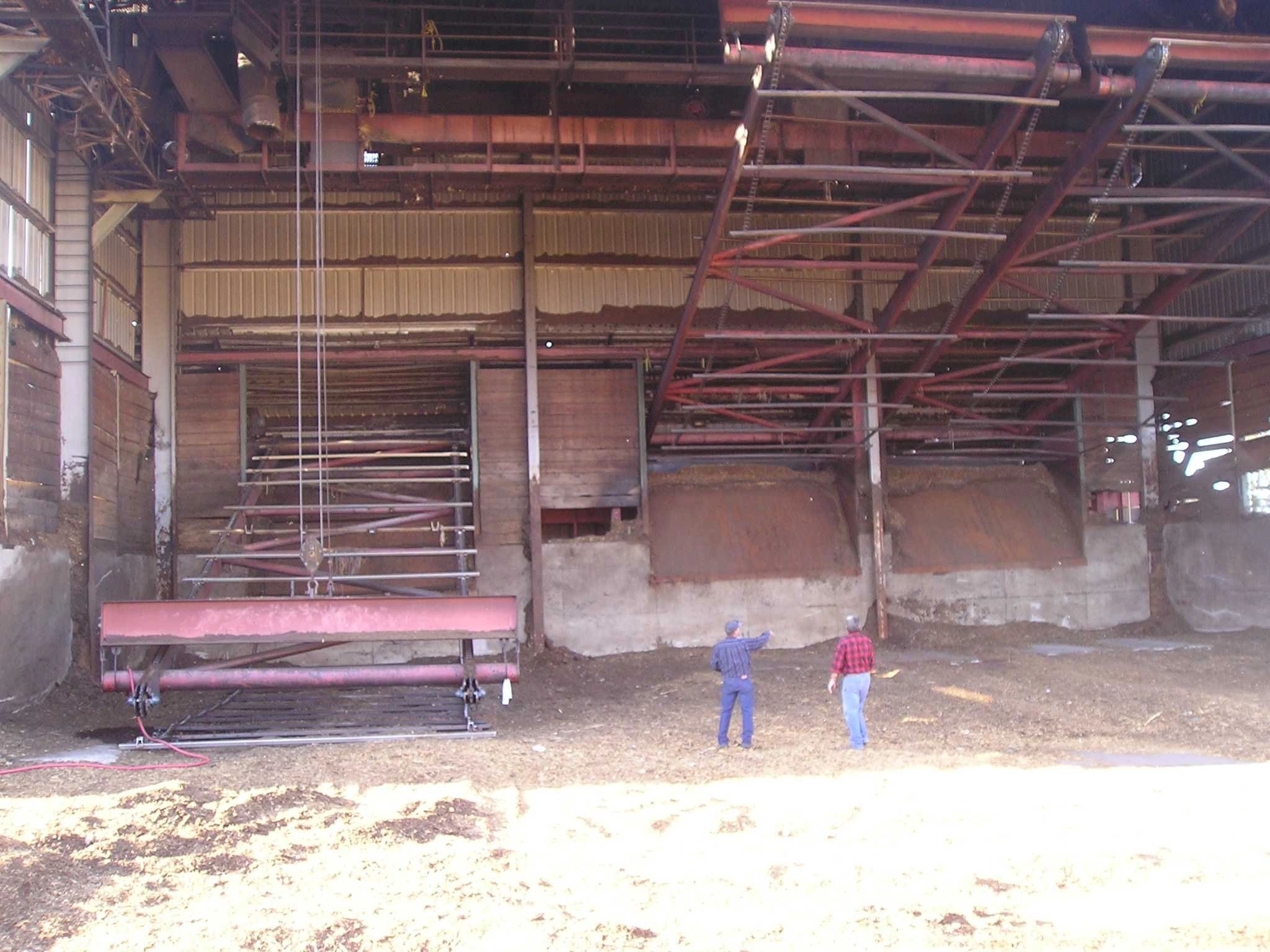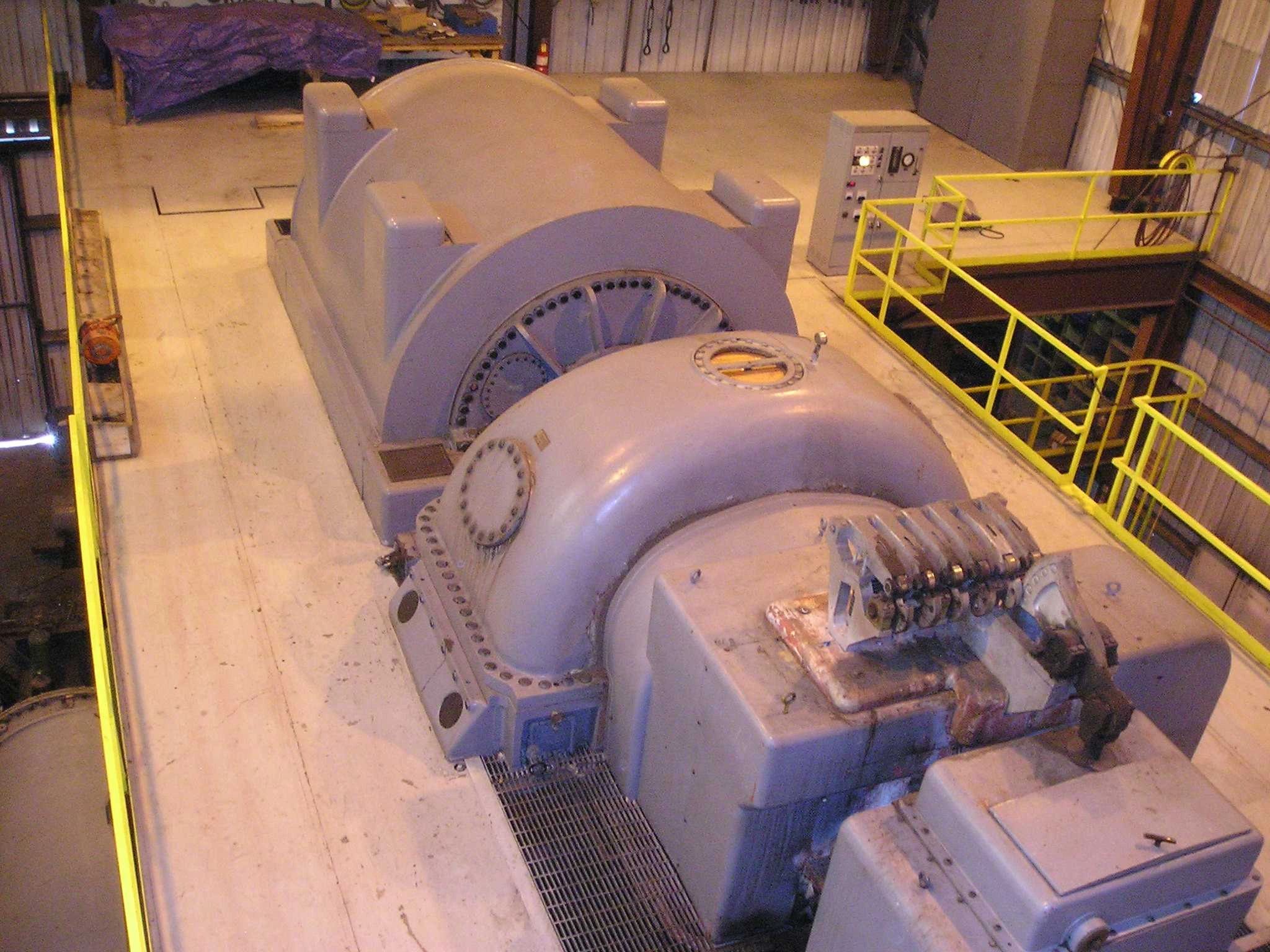
11/18/09
Cogen rumors and the floating Black Hat.
The cogen plant in Loyalton is very important to Sierra County. We’re mostly in the dark about what’s really going on with the cogen plant, and so we have to "postulate," using "conjecture" mostly meaning "guess" and "make up little stories".
A little story that had gained some currency recently was that, in the dim days long ago when the cogen plant was first selling power, Sierra Pacific (the power company, now NV Energy) gave Sierra Pacific Industries a contract loaded heavy toward the front, meaning they paid more at first and less toward the end as a kind of "advance" to help the plant go. It isn’t unusual for this kind of cooperation to take place, but that simply isn’t the case here.
The story had strength first because such contracts aren’t unusual, and second because nobody tells us anything, so we patch together a logical story with what we have.
Today SPI broke silence on the matter: NV Energy didn’t give SPI such a contract.
So, the black hat lifts from SPI in our conjecture and again heads toward NV Energy.
Our interaction with NV Energy thus far reveals that Faye Anderson, NV Energy spokesperson, would rather have a festering boil than answer any of our questions. Now that it is clear that SPI wasn’t ditching the check on a contract that was getting thin in lean times, we have to go back and ask ourselves: Is NV Energy trying to do a duck and spin on its California holdings and contracts? With that in mind, and minus Faye’s skillful use of our ignorance, what are the facts about NV Energy’s calculations of what cogen power is worth? On their website, NV Energy says, The problem is, it is the geothermal operating price NV Energy wants to pay the cogen plant. Geothermal, taking heat from the ground, has crept in as a "renewable" energy source, and one Nevada has plenty of. There are sixteen geothermal powerplants in Northern Nevada. If all one thinks of is a nice plume of stinky steam endlessly bubbling from the ground, it seems "renewable" and "green" in a sense. It certainly is cheaper and cleaner to use than a cogen plant (in some ways), and creates no carbon dioxide greenhouse gas. There aren’t even transportation costs, since the "fuel" is right there in the ground. Clean, renewing energy. That satisfies NV Energy. But let’s compare biomass and geothermal a little more closely. The plant will produce energy forever. In fact, though the idea of the two holes sounds beguiling, geothermal has led to contamination of ground water with mercury, boron and other minerals; radon gas is possible and hydrogen sulfide gas is common. Hydrogen sulfide is a deadly gas, invisible and flammable, smelling like rotten eggs. Long term exposure to small amounts leads to neural problems including problems of the eyes and lungs. If you see some steam escaping from the ground (a natural geothermal vent) and cap and pipe it, the steam will very likely have even more minerals dissolved, and probably hydrogen sulfide, too. Geothermal plants capture the minerals and hydrogen sulfide and "reinject" them into the ground. Imagine the plant running for years, and for years reinjecting the minerals back into the ground. This process is known as "concentrating." By comparison, using forest under story as biomass is expensive. The fuel has low carbon density and is expensive to transport. It produces greenhouse gasses which have to be filtered or otherwise mitigated. Compared to geothermal, it has a huge "carbon footprint". It also produces ash which as to be disposed of. That’s the problem with the first glance. Broaden the scope a bit and you’ll see that forest biomass comes from a source that is also virtually endless. Jim Turner, manager of the SPI cogen plant, estimates that a relatively few thousand acres would power the plant endlessly. We have biomass for many more cogen plants, and it just keeps growing. In fact, at this point, we have a dangerous amount. Something has to be done with it; if we do nothing it will inevitably burn as wildfire. Indeed, whenever we talk about smoke stack emissions from wood powered cogen, you have to realize, it is going to burn anyway, either in a controlled flow through the cogen plant, or as life destroying wildfire. The other thing about geothermal is it produces relatively few jobs. By now most people understand that "carbon footprint" and "jobs" go together. No, it isn’t worth polluting the environment for a few jobs, but in this case the jobs are reducing wildfire, and as new plant growth emerges, carbon dioxide is used. The term "renewable" has to refer to things that grow. Hydro-electric is also sometimes called "renewable" because water will always flow down hill, but as we’ve already seen, dams are terrible on the environment, and they always silt up eventually, though "eventually" is a very long time. Woody biomass is the only renewable energy that makes use of the forest’s natural productivity, and reduces wildfire and air pollution at the same time. Even other forms of biomass, like switchgrass, corn or hemp require more fertilizers and water application than the forest, which controls its own growth. Looking at the whole picture, NV Energy is remarkably short sighted in their choice of geothermal as the unit price standard for "renewable energy". While under story is not a problem in most of Nevada, it is a consideration for their California customers. And, there’s the second problem with NV Energy. They’ve lost interest in California. About the Calpeco sale That sale included parts of Tahoe and Truckee as well as Loyalton and Portola. According to Bob Marshall of Plumas Sierra Rural Electric Coop, PSREC attempted to purchase the Loyalton and Portola sections of that grid, but NV Energy didn’t want to split the units. As was learned in this month’s earlier Sierra County Board of Supervisors meeting, the Public Utilities Commission opened public input on the sale, but very few people effected knew about the period, which ended on November 15th. PSREC and Truckee-Donner Public Utility District, with support from Plumas and Sierra Counties, are seeking to intervene, to cause the California Public Utilities Commission to reopen public comment. Coming all the way back around to the cogen plant, Mr. Marshall has told the Prospect in the past that PSREC is cool on the idea of buying the cogen plant, but under some circumstances would consider a contract. He had agreed with Faye Anderson that the cogen plant’s purpose was primarily to stabilize the neighborhood grid. Technically, the sale of 46,000 units is a different issue than the cogen plant. Really, though, the two are interconnected. In an ideal world, PSREC would purchase Loyalton and Portola from NV Energy and contract with SPI for power from the cogen plant. The cogen plant, with a steady stream of good quality biomass, can power 13,500 homes. We could all read our newspapers on electrons made from biomass from our local forest, just as in the old days people read news on local pulp. Black Hat, Descending. Not only is NV Energy’s decision to pay for biomass power as though it had the same social value as geothermal a bad one, its decision to sell the California units to Calpeco and isolate those users is a bad one. Even if the cogen plant did nothing but stabilize the grid, by isolating and selling the California units NV Energy dramatically reduced service to those customers. Starving the cogen plant out by providing too little reimbursement endangered service to those customers even more. Indeed, Bob Marshall from PSREC and Jim Turner of SPI both indicate that without the cogen plant, electrical users in our area will be Maybe it isn’t reasonable to ask NV Energy to pay more for our biomass cogen. Maybe it isn’t reasonable to expect them to ensure quality service to their California customers or make it possible for those who can, to do it. But, not doing those things picks them out as lousy corporate citizens. If Faye wants to contact the Prospect to correct any of our misconceptions, we’d be glad to hear from her. Otherwise, the Black Hat descends on those greedy corporate citizens at NV Energy. We encourage our readers to contact the California Public Utilities Commission and complain, as we have, about the sale of NV Energy California Utility units to Calpeco without adequate and proper regard for the impact on those customers. Contact the CPUC here: CPUC Public Advisor, 505 Van Ness Avenue, Room 2103, San Francisco, CA 94102; or call 1-866-849-8390 or 1-415-703-2074; or email .

A popular internet festering boil.
Most likely Staph. We don't wish one on Faye, though.
This doesn’t make Faye bad, it simply means we’re asking the right questions.

Cogen plant/chip pile
Faye very skillfully didn’t answer questions about the front loaded contract, and merrily allowed people to create black hat stories about the Emmersons, which because they’re powerful and we aren’t, we enjoy doing anyway. While we have to admire Faye’s skill in this, it’s still very frustrating.

biomass. The red spot is a person.
One thing Faye has told us: the Loyalton cogen plant is less than a drop in the bucket, and its function is primarily as a backup generator to stabilize the grid.

Corporate Citizenship.
Even if you are a powerful corporation you are still supposed to operate within certain ethical and moral guidelines. Corporations operate under consent of the King, and though there is a mythology that corporations in a capitalist society can do anything for a profit, it simply isn’t true, there is a social covenant involved with every charter.

Keep your fingers back: how the chips get to the burner.
Green Energy
Renewable energy is important to the U.S. and becoming more so. Nevada, like other states, is trying to squeeze their power producers to get greener. Everyone realizes that renewable energy is more costly to use that carbon dense fuels like coal and easily transported fuels like natural gas. Those energy sources are not renewable (OK, they are, but you have to sit in the dark a few million years while they brew).

Where the chips go.
"GreenPower is clean energy generated from renewable resources such as solar, wind, geothermal and biomass sources."

Depending on where your geothermal comes from, it can be pretty clean. If you drill two really, really deep holes and blast a little reservoir between them you can pump water down one and steam comes out of the other. That’s the cleanest scenario and it will produce heat practically forever. Those two deep holes aren’t cheap to drill, and the pipe isn’t cheap to sink, and if you drill in the wrong spot, your steam will have toxic metals in it.
At first glance, geothermal is green energy, and since it is cheaper than biomass, why go with biomass?

The generator will power 13, 500 homes.
Eventually, unless we are allowed to spread the ash from cogen plants in the woods, the forest soil will be depleted. That "eventually" is far, far down the road. If taking too much under story from the forest becomes a problem, we’ll work out a solution then. For now, something has to be done about the woods, and biomass is the best solution.
From Rueters we learn:
"Algonquin Power Income Fund today announced that it plans to co-acquire an electrical generation and regulated distribution utility through a strategic partnership with Emera Inc. Algonquin Power and Emera will each own 50% of the newly formed California Pacific Electric Company ("Calpeco"), which intends to acquire the California-based electricity distribution and related generation assets (the "California Utility") of NV Energy, Inc. for the purchase price of approximately US $116 million, subject to certain working capital and other closing adjustments. Algonquin Power and Emera will jointly own and operate the California Utility through Calpeco, leveraging Algonquin Power's utility and power generating capabilities and Emera's proven electrical utility operational expertise. The California Utility currently provides electric distribution service to approximately 47,000 customers in the Lake Tahoe region, and owns a newly re-powered 12 MW generation plant."

The Sierra County Prospect is published using PSREC electrons, and we will vouch that they are of the highest quality, never clogging or sticking on our computers or leaving any "nuclear" residue. They also keep flowing, something that might not happen with the electrons Loyalton and Portola are using now.
Keep an eye on that dial.
But, back to NV Energy.
Clearly, NV Energy has lost interest in California, and in the Loyalton cogen plant. It appears to some that NV Energy has decided to simply pay too little for Loyalton power. They’re willing to starve the cogen plant out of the system. It might even make things simpler for them not to have that contract open.
To COMMENT on this editorial, send an email HERE. Put the name of the editorial, "cogen truths", your comment and a username. Your comment and username will be posted, but NOT your email address.
